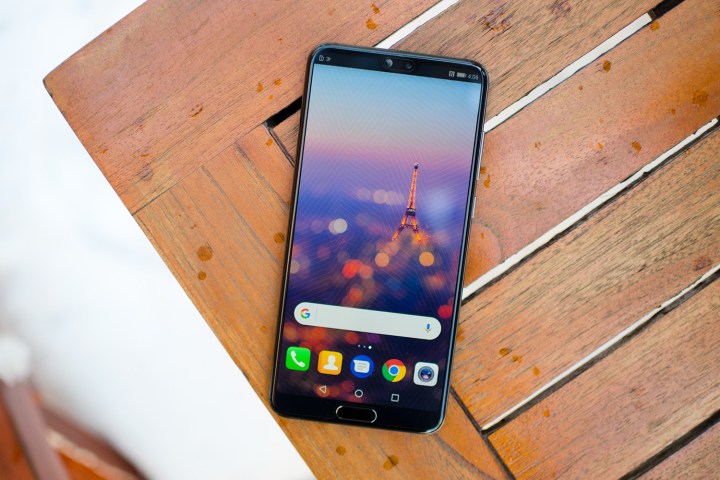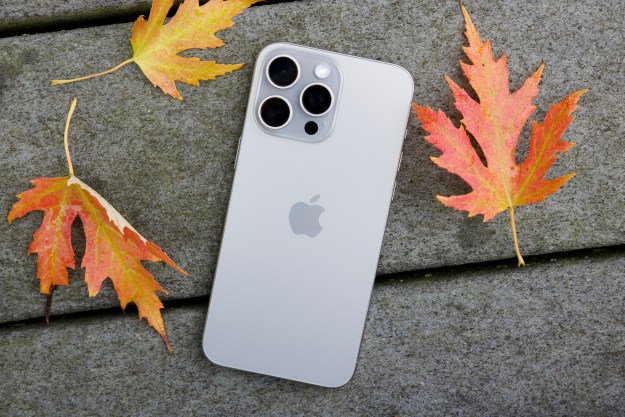
Europe has seen a significant drop in smartphone shipments during the first months of 2018, according to a report by technology analysts Canalys.
When compared to the previous quarter, the drop of 6.3 percent is the largest decline Europe has seen, and has been attributed to smaller growth areas within the phone market. Simply put, there just aren’t enough people without phones any more, and since most people don’t upgrade their phones every year, a leveling-out of smartphone sales and shipments is to be expected as the marketplace matures.
“This is a new era for smartphones in Europe,” said Ben Stanton, analyst at Canalys. “The few remaining growth markets are not enough to offset the saturated ones. We are moving from a growth era to a cyclical era.”
Western Europe was the worst hit by the decline, with shipments across that part of Europe falling by a hefty 13.9 percent to 30.1 million units. Within Western Europe, the United Kingdom saw a particularly large fall, with shipments dropping by almost a third. Contrary to the overall decline, growth continued in Eastern and Central European countries, with the Russian market being a particularly strong driver in increasing phone shipments to 15.9 million — an increase of 12.3 percent.
What did this decline mean for the major players within the market? Samsung still sits pretty atop the pile, but saw shipments drop by 15 percent. Pressure from Huawei’s and Xiaomi’s midrange and budget phones continue to threaten Samsung’s phones, but with control over just under a third of the whole market (33.1 percent) we doubt Samsung is too worried yet.
Apple’s brilliance wasn’t immune to the decline, with the company seeing a decline of 5.4 percent. However, its premium iPhone X was the best-selling phone model in the entire European market, giving Apple something of a boost in profit. Huawei is nipping at Apple’s heels though, thanks to a growth spurt of 38.6 percent that saw the Chinese company shoot to less than 3 million shipments behind the Cupertino giant.
Xiaomi too had a very strong quarter, seeing — and this isn’t a typo — an increase of over 999 percent. The report attributes this incredible number to Xiaomi’s strategy of running at a loss to get smartphone shipments up, and points out that this would not be sustainable in the long term. Still, it gets Xiaomi a place on the list, and — crucially — into hands.

We’ve seen this trend pop up globally now, but what does it mean for the future? With less room to expand, expect to see some smaller manufacturers bow out of the race entirely while the rest scramble to make sure that they’re the best choice for upgrades. With this change, the battle for market dominance has clearly only just begun.
Editors' Recommendations
- 5 phones you should buy instead of the iPhone 15
- There’s a big problem with the iPhone’s Photos app
- A surprise phone just beat the Galaxy S24 Ultra in a big way
- 10 reasons you should buy an iPhone in 2024
- We now know when Apple is adding RCS to the iPhone


